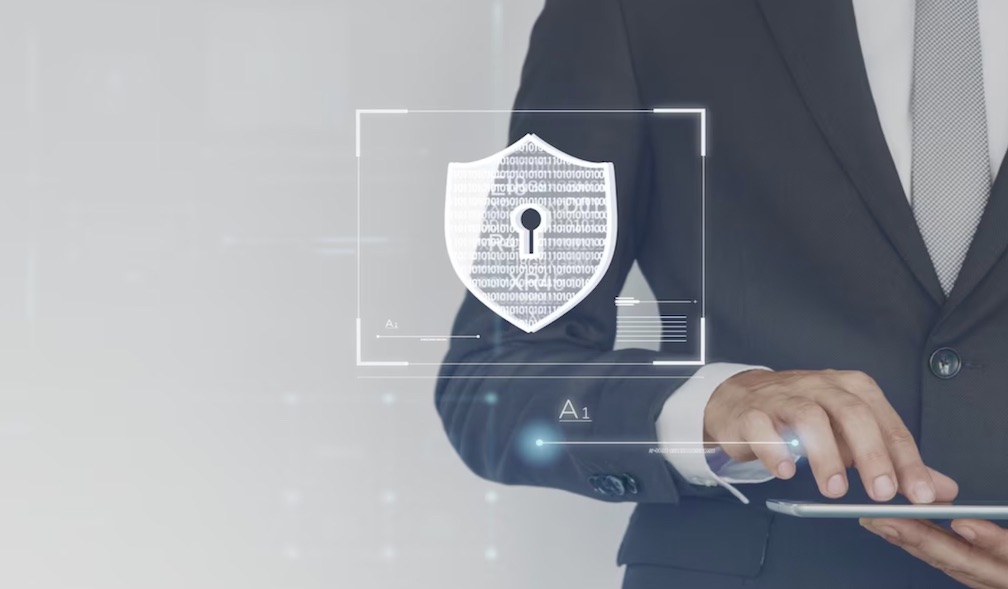The Evolving Role of Security Testing in the IoT Era
- Written by Business Daily Media

The Internet of Things (IoT) has taken the world by storm, transforming the way we live, work and interact with technology. With the increasing number of IoT devices being used in our daily lives, it is imperative that these devices are secure from malicious actors who can cause serious harm. IoT security testing plays a crucial role in safeguarding both users and providers from potential threats.
IoT security testing is an integral part of ensuring the security and reliability of connected devices. It involves a series of tests aimed at identifying any potential threats, vulnerabilities, and risks associated with IoT devices, networks, and applications. This testing process involves evaluating the system's security posture from various angles, including hardware and software components, to determine any weaknesses or flaws that can be exploited by cybercriminals.
The first step in conducting IoT security testing is to identify all potential threats against the system. This includes identifying any potential attack vectors such as insecure protocols used by connected devices or unsecured wireless networks. Once these risks are identified, they can be mitigated by implementing measures such as patching vulnerable components, upgrading security systems, and implementing encryption measures to secure data transmissions over wireless networks.
In addition to mitigating potential threats, it is also crucial to protect the integrity of data stored on each device within the network. This includes establishing strong authentication procedures for users accessing the data and implementing encryption methods to secure sensitive information even if intercepted by malicious actors.
There are several types of IoT security testing that organizations should be aware of, including penetration testing, source code analysis, and security audits. Penetration testing involves simulating an attack on the system to identify any weak points or vulnerabilities that could be exploited by attackers. Source code analysis examines the code within a device or application for any weaknesses or bugs that could allow cybercriminals to access the system. Security audits are regular evaluations of the security posture of the system, including researching known vulnerabilities and monitoring new threats as they emerge.
Despite the tremendous potential of IoT, it also comes with its own set of security risks and challenges. One of the biggest challenges associated with IoT security testing is accurately identifying all connected devices within an organization's network. It is essential to have a comprehensive inventory system that tracks each device's location and status to ensure that any potential issues are addressed before they become a problem.
Another challenge involves assessing each device for potential vulnerabilities, which requires specialized skills and resources. Because IoT systems often involve multiple vendors providing different components, this assessment must take into account how these components interact with each other to ensure no weak points exist in the system.
To ensure effective IoT security testing, organizations should adopt best practices such as regularly conducting security audits, using trusted tools and technologies, and leveraging penetration testing to test the vulnerability of the system. Regular security audits are essential to cover the full scope of the system, including researching known vulnerabilities and monitoring new threats. Trusted tools and technologies, such as automated vulnerability scanners and static analysis tools, can help identify potential issues quickly and accurately.
Conclusion
In conclusion, IoT security testing is a critical step in ensuring the safety and security of connected devices. With the growing number of IoT devices being used in our daily lives, it is imperative that organizations adopt best practices for effective IoT security testing to prevent potential threats and safeguard against cybercrime. By taking the necessary steps to secure IoT systems, organizations can reap the benefits of this transformative technology while minimizing the risk of harm to their users and providers.







